When you live someplace cool and rainy, you tend to develop a fondness for soups. A local favorite soup here in Seattle (and the rest of the Pacific Northwest) is Salmon Chowder. Some folks use smoked salmon for their chowder, others use a combination of unsmoked salmon plus bacon. However it’s made, smoke flavor adds a nice dimension to this creamy soup. If you tolerate sourdough, salmon chowder is wonderful when accompanied by a chunk of bread. It’s even better served in a sourdough boule bread bowl.
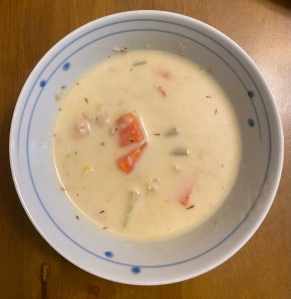
For this easy recipe you can use either canned skinless, boneless salmon (plus optional bacon if you can swing the effort) or you can use hot-smoked salmon. Just be sure your hot-smoked salmon contains no high FODMAP ingredients. Be aware that some ‘traditional’ types of canned salmon contain skin and bones. Look for cans that are clearly labeled skinless and boneless to avoid any texture unpleasantness.
Concerned about heavy cream? It turns out that heavy cream is high enough in milk fat and low enough in lactose to be low FODMAP. I admit I was nervous trying it for the first time, but I was fine. However, everyone’s tolerances are different. If a particular type of plant milk works better for you, by all means use it. Because this soup is thickened with flour, it doesn’t need the cream to stay thick.
If you don’t have Old Bay on hand or you don’t feel like making a copycat version, you can add 1/8 teaspoon each of paprika and celery seed.
Low FODMAP Easy Salmon Chowder
Makes 8 servings
Ingredients
- ¼ cup butter
- 1 large leek, rinsed & chopped (green parts only)
- 1 carrot, chopped
- 1 celery stalk, chopped
- 1 cup frozen corn
- 1/2 tsp sea salt
- 4 tbsp sweet rice flour
- 1/2 tsp fresh black pepper
- 1/2 tsp Old Bay seasoning (optional)
- 1 tsp thyme
- 4 cups low FODMAP chicken broth
- 2 cups cubed Yukon gold potatoes
- 2 – 5 oz cans boneless, skinless salmon, drained plus 4 strips bacon, cooked (optional) and crumbled OR 8 oz hot-smoked salmon, chopped into bite sized pieces, skin discarded
- 1 cup heavy cream
- fresh parsley (optional)
Instructions
- Heat a large pot over medium high heat. Melt the butter then add leek, carrots, celery and corn. Stir in sea salt. Cook, stirring frequently, until they start to soften.
- Sprinkle the sweet rice flour and pepper over the buttery veggies and stir until coated. Cook for about 2 minutes. Add the chicken broth a little at a time, stirring constantly to avoid clumps.
- Add the potato, salmon and bacon to the pot. Bring the soup to a boil, reduce heat and cover. Allow to simmer 20 minutes, or until the potatoes are tender.
- Stir in the heavy cream and warm until heated through. Serve topped with a little parsley.

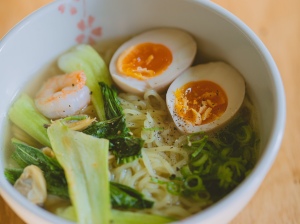
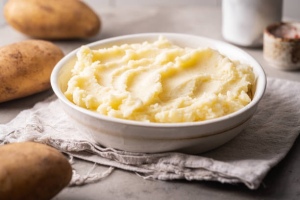
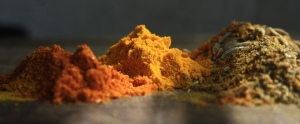
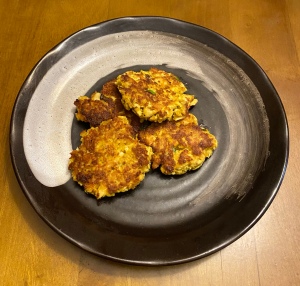
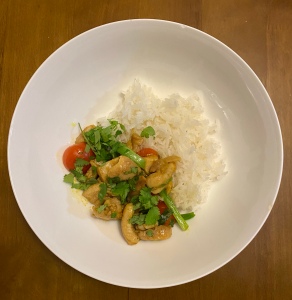
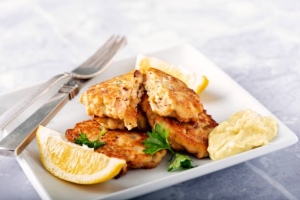
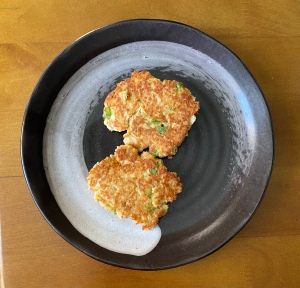
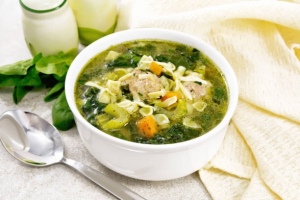
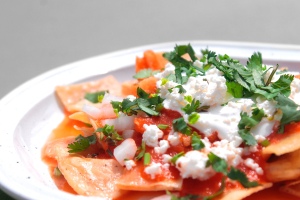
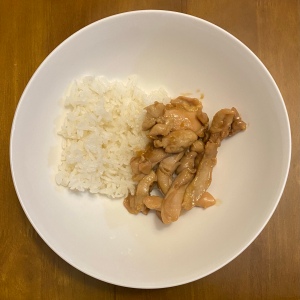
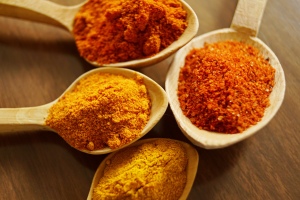
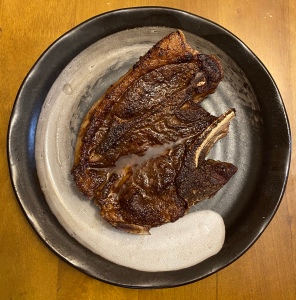
You must be logged in to post a comment.